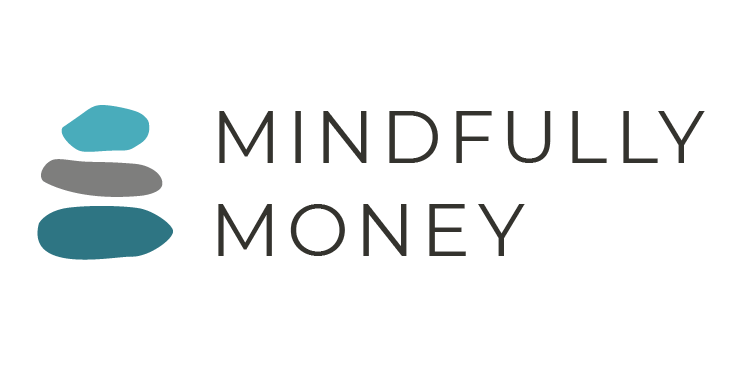How to Use the 50/30/20 Budgeting Method to Reach Your Financial Goals
One of the biggest struggles with managing money is figuring out how much you’re supposed to save and spend in various categories. Many people want to know if they are saving enough for retirement or spending too much on groceries. Others wonder what they can afford for rent or a mortgage payment. One way to address these questions is to follow the 50/30/20 rule of budgeting.
*Keep in mind that there are many effective ways to budget and the 50/30/20 budget is just one option. The most important thing is to find a method that works for you.
What is the 50/30/20 rule?
Developed by Elizabeth Warren, the 50/30/20 rule involves dividing your income into three categories: 50% for needs, 30% for wants, and 20% for savings and debt repayment.
The idea behind it is that it helps you balance how you allocate your money and ensure that you are saving enough for the future.
50% Needs
Needs include expenses that are essential to survival, such as:
Rent/Mortgage
Utilities
Groceries
Basic clothing
Transportation
Insurance
Medical care
Debt payments
If you’re not sure if something is a need, you can ask yourself what would happen if you removed that item from your budget. Would you lose your shelter or your ability to eat or go to work and earn income? Would you be putting yourself at an increased risk or experience a significant decline in quality of life?
If the answer is yes, it is likely a need.
30% Wants
Wants are non-essential expenses, such as:
Dining out
Entertainment
Streaming services
Vacations
Sporting events
Tech upgrades when your current version still works
Home decor
Hobbies and activities
Extra clothing, shoes, and accessories
Again, to determine if something is a “want” ask yourself what would happen if you stopped paying for it. If the answer is something like “I would feel bad” or “it would be inconvenient, but I’d survive,” you know it is a want.
*Note: some items could be classified as either a want or a need. For example, some people may “need” to buy more clothes or more expensive clothes because of where they work. Or a gym membership might be a need if you do it for medical reasons, but a want if you do it for something to do.
Ultimately, it doesn’t really matter because your wants and needs still need to add up to 80%. Don’t overthink this—go with your gut instinct and move on.
20% Savings and Investments
The remaining 20% should be used for protecting and increasing your net worth. This includes:
Your emergency fund/cash reserves
Paying extra (beyond the minimum payment) toward debt
Retirement savings
Investments
Variations of the 50/30/20 Rule
The 50/30/20 rule is just one type of percentage-based budget.
One alternative is to allocate 50% to your fixed expenses (those that are consistent amounts and are difficult to change), 30% to variable expenses (that are not consistent and occur sporadically), and the remaining amount to savings/investments.
Other finance experts break the percentages down further or word them in different ways.
Find what’s right for you
What’s important to know is that these are simply recommendations and are somewhat arbitrary. You may find that it isn’t possible to stay within these targets.
For example, if you have a high amount of debt, you might need to save less for retirement until the debt is paid off.
If you live in a high cost of living area, your needs/fixed living expenses might be higher and you’ll have less available for wants.
If you earn a lot and live frugally, you can save even more of your income.
If you are in your 50s and having saved anything for retirement, you may need to save more than 20%.
The most important thing is to do your best to balance paying for your basic living expenses with saving for the future and having some money to spend on whatever you’d like.
How to Budget with the 50/30/20 Rule
Calculate your take-home pay (income after taxes and deductions).
Determine which expenses go into the three categories: needs, wants, and savings.
Multiply your take-home pay by 50%, 30%, and 20% to determine the amounts for each category.
Adjust and reduce expenses as needed to ensure you stay within the allocated percentages.
Track your spending each month to make adjustments and maintain alignment.
Since this method of budgeting does not involve closely tracking each expense, it’s a good idea to have a healthy buffer amount in your checking and savings accounts to cover normal fluctuations or things you forgot.
Tips for Success
The following tips for success apply to budgeting no matter which method you choose.
Overestimate your expenses by adding 10-15% to account for increases and unforeseen items.
Underestimate the amount you expect to cut when trying to reduce expenses.
Automate bill payments to avoid forgetting them.
Set up automatic transfers to savings accounts for different goals.
Align your spending with your values.
Maintain a healthy buffer in your checking and savings accounts.
Who should use a 50/30/20 budget?
The 50/30/20 budget is suitable for individuals who have a good handle on their finances and spend less than they earn. It provides a high-level overview of your finances without requiring meticulous attention to details.
Who should not use a 50/30/20 budget?
If you struggle to control spending or frequently run out of money before your next paycheck, a more detailed budget, such as a paycheck budget or a zero-based budget, may be more beneficial. These methods help you plan and track expenses in more detail, ensuring you have money for bills and aligning your spending with your goals.
Disadvantages of the 50/30/20 Rule
The 50/30/20 budget serves as spending guidelines rather than a comprehensive budgeting method. It lacks mechanisms to manage cash flow, track expenses, or indicate spending limits. For better financial management, consider using the 50/30/20 rule in conjunction with another budgeting method that helps track and plan expenses. Additionally, the rule's percentages are arbitrary and may not suit everyone's lifestyle, so it's essential to consider the bigger picture and align your financial goals with your aspirations.
By following the 50/30/20 rule and adjusting it to your circumstances, you can achieve better financial balance and work towards your goals while ensuring your needs are met and your future is secure.















